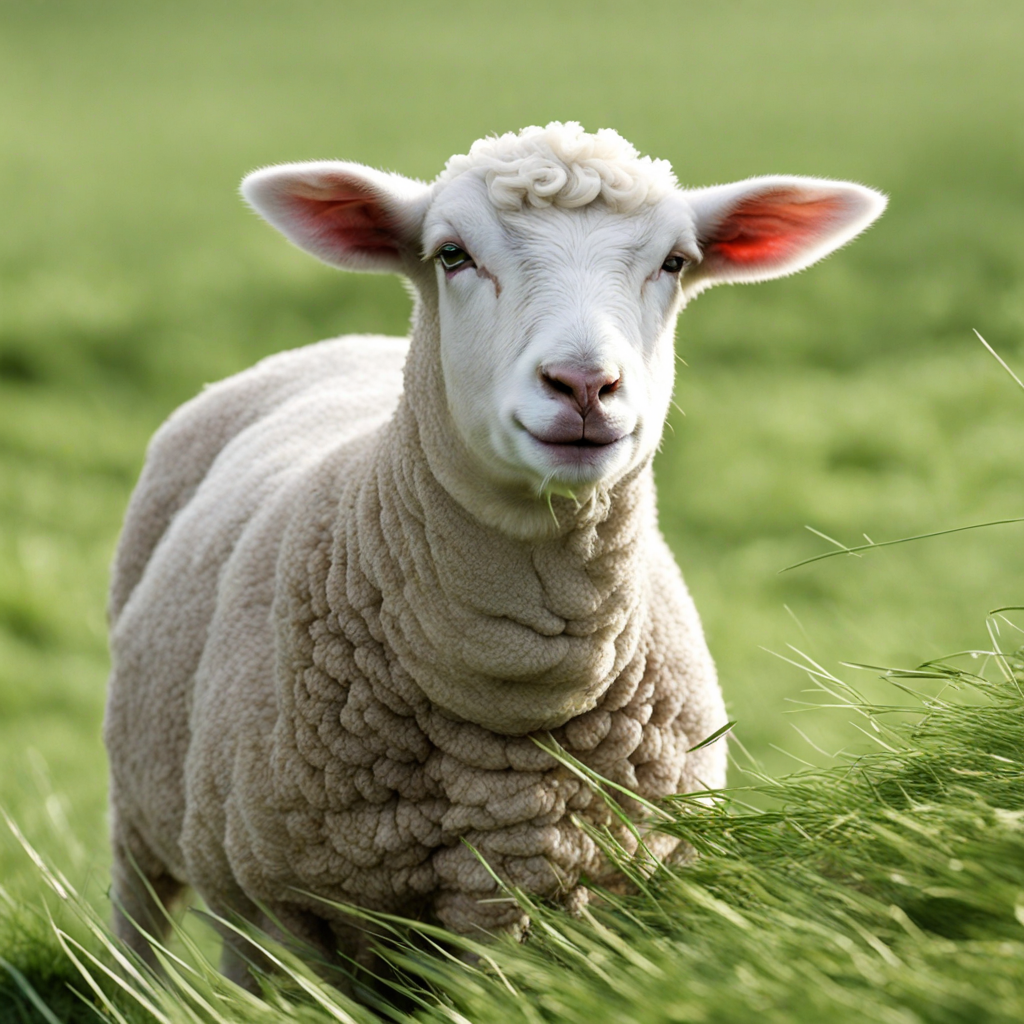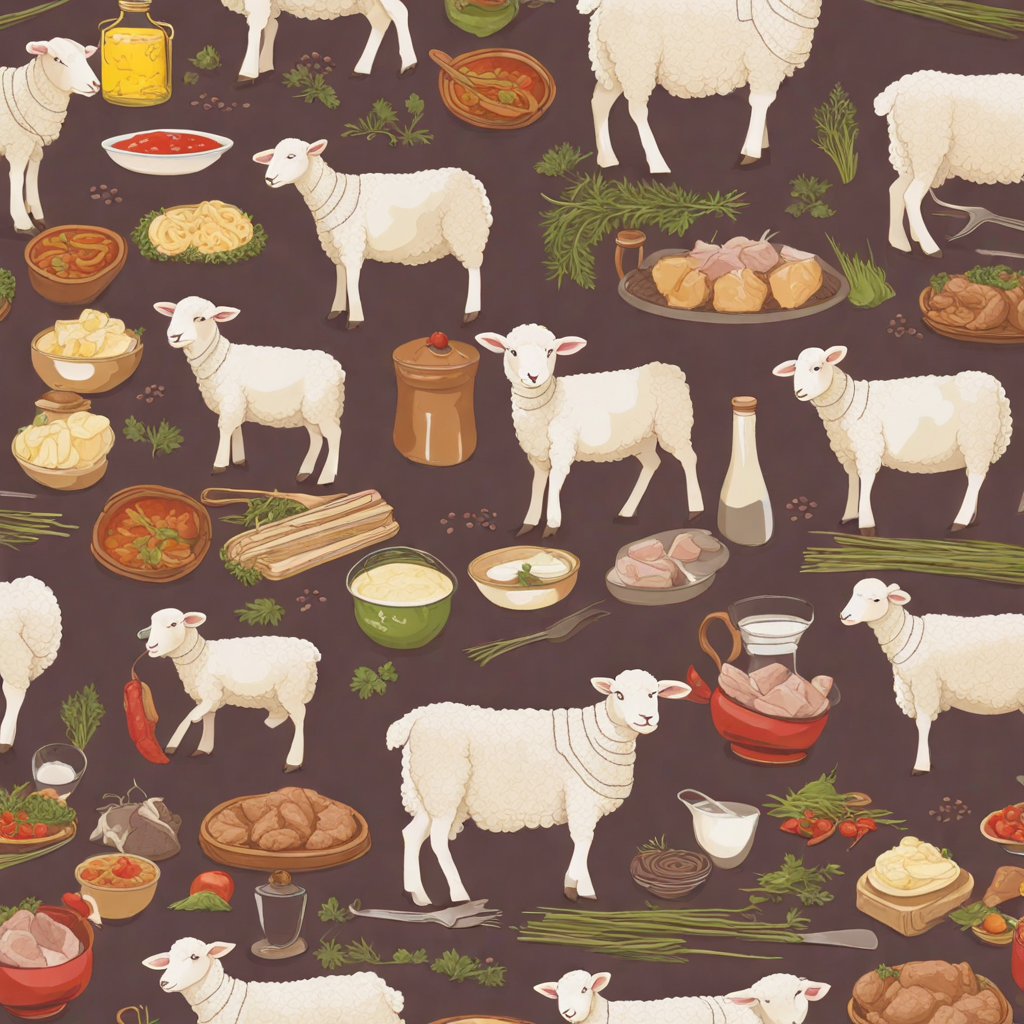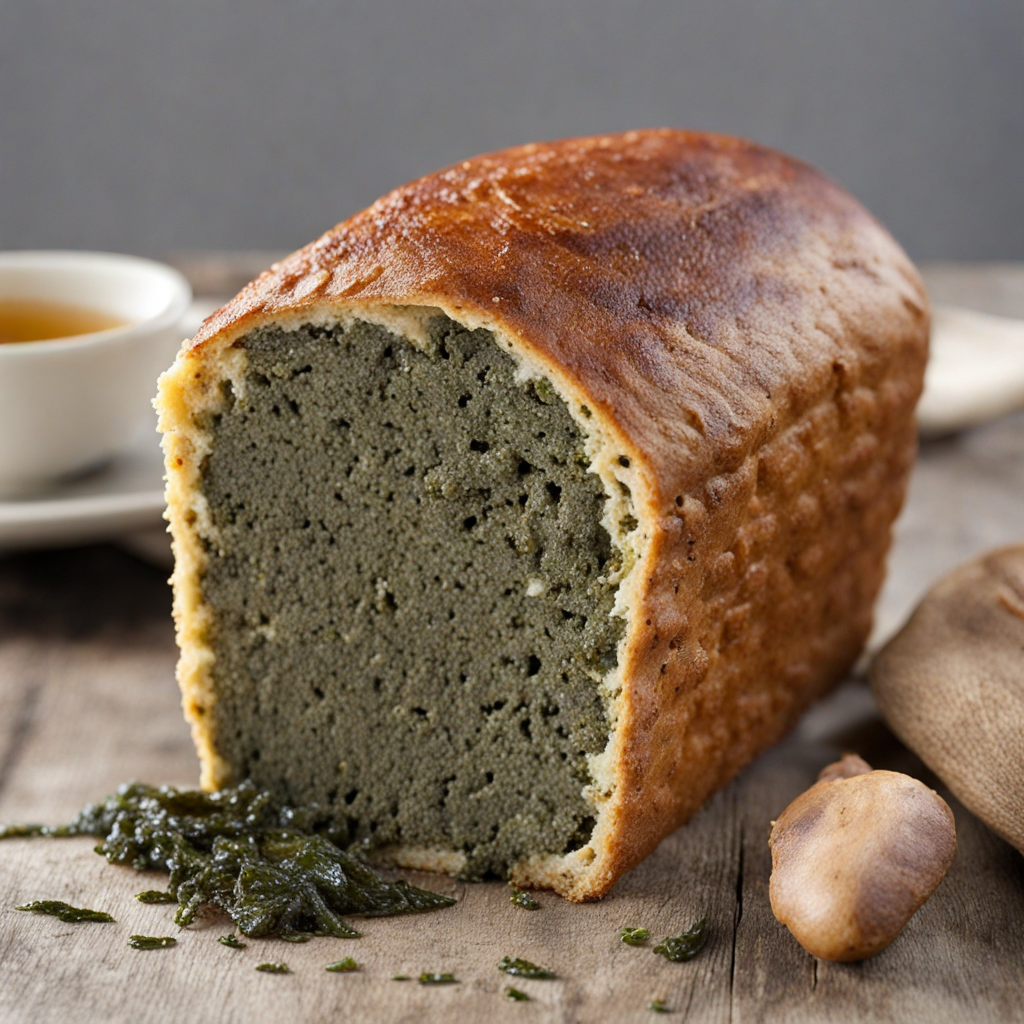Welsh Lamb
Welsh Lamb is a culinary treasure that embodies the rich pastoral landscape of Wales, renowned for its lush green hills and clean air. This lamb is sourced from animals raised in the breathtaking countryside, where they graze on an abundance of natural grasses and herbs. The unique diet contributes to the meat's distinct flavor profile, which is tender, succulent, and slightly sweet. The idyllic farming practices, along with the region's temperate climate, allow Welsh Lamb to exhibit an unparalleled quality that sets it apart from other lamb varieties. When prepared, Welsh Lamb presents a delightful versatility in the kitchen. Whether it’s roasted, grilled, or braised, the meat retains its juiciness and flavor, making it a favorite for both home cooks and professional chefs. Traditional Welsh dishes often feature this lamb, showcasing its ability to absorb various marinades and spices while still maintaining its rich, natural taste. Pairing it with seasonal vegetables or herbs native to Wales, such as mint or rosemary, elevates the dining experience, offering a taste of the local terroir. Welsh Lamb is not only about flavor but also about tradition and sustainability. The farming methods used in the region prioritize animal welfare and environmental health, ensuring that each bite reflects the dedication of local farmers. Enjoying Welsh Lamb is like taking a journey through the heart of Wales, as it encapsulates the essence of the land and its heritage. This lamb is a must-try for anyone looking to explore new culinary horizons, promising a memorable experience that celebrates the best of British cuisine.
How It Became This Dish
Welsh Lamb: A Culinary Heritage Steeped in Tradition Origins: A Land of Rich Pastures Welsh Lamb, celebrated for its tenderness and distinctive flavor, has deep roots in the lush, rolling hills of Wales. The origins of lamb production in this region can be traced back to the early Celts, around 2000 years ago. The combination of a temperate maritime climate and fertile, well-drained soil has produced ideal conditions for sheep farming. The ancient Celts recognized the value of sheep not only as a source of food but also as a vital part of their agricultural practices. Over time, sheep farming became intertwined with the Welsh identity. The rugged terrain of the Welsh countryside meant that sheep could graze on the abundant grass and heather, resulting in a unique flavor profile that distinguishes Welsh Lamb from other varieties. The traditional breeds, particularly the Welsh Mountain sheep, are particularly well-suited to the mountainous landscapes, thriving on the rough terrain and contributing to the distinctiveness of the meat. Cultural Significance: A Symbol of Welsh Identity Lamb has held a significant place in Welsh culture for centuries. The sheep farming community is a cornerstone of rural Welsh life, and many familial traditions revolve around sheep-rearing practices. This close relationship extends beyond mere sustenance; the sheep is often regarded as a symbol of prosperity and resilience. In the context of Welsh cuisine, lamb dishes are a staple, frequently featured in traditional meals and celebratory feasts. The famous dish, *cawl*, a hearty Welsh stew made with lamb, vegetables, and herbs, has been a comfort food for generations. It embodies the essence of Welsh home cooking, showcasing the natural flavors of locally sourced ingredients. Furthermore, lamb has played a role in Welsh folklore and festivals. The arrival of spring, marked by the lambing season, is celebrated with various local customs. Traditional songs and stories often reference lambs, encapsulating the pastoral beauty of the Welsh landscape and the deep-rooted connection the people have with their sheep. Developments Over Time: From Pastoral Practice to Modern Culinary Delight As Wales evolved through the ages, so too did the methods of sheep farming and the cultivation of Welsh Lamb. During the Middle Ages, sheep farming flourished, with wool becoming a crucial export that bolstered the Welsh economy. The 18th and 19th centuries saw the rise of the industrial revolution, leading to increased urbanization. Despite these changes, the rural sheep farming community remained resilient, adapting to new agricultural techniques while retaining traditional practices. In the late 20th century, the Welsh Lamb industry underwent significant transformation. With the introduction of the EU's Common Agricultural Policy, sheep farmers were incentivized to adopt sustainable practices and improve the quality of their product. The establishment of the PGI (Protected Geographical Indication) status for Welsh Lamb in 2003 marked a pivotal moment in its history. This designation ensures that only lambs born and reared in Wales can be sold as Welsh Lamb, highlighting the importance of geographical origin and traditional farming methods. This certification has benefitted both the farmers and consumers. It has allowed Welsh Lamb to stand out in the competitive market, recognized for its quality and authenticity. The emphasis on sustainable farming practices has also resonated with modern consumers, who increasingly seek ethically sourced and environmentally friendly products. Welsh farmers have embraced this shift, championing practices that prioritize animal welfare and biodiversity. Culinary Trends and Innovations In recent years, Welsh Lamb has found its way into contemporary culinary scenes, thanks to the efforts of innovative chefs and food enthusiasts. The versatility of lamb has inspired a resurgence in its popularity, with chefs experimenting with diverse cuisines and techniques. From traditional slow-roasting to modern sous-vide methods, Welsh Lamb is celebrated for its adaptability. Gastronomic events, such as the annual *Taste of Wales* festival, showcase the best of Welsh cuisine, with Welsh Lamb taking center stage. Local chefs often emphasize the importance of seasonal and local ingredients, crafting dishes that highlight the unique flavors of Welsh Lamb. Grilled lamb chops, slow-cooked shoulder, and hearty Welsh cawl are just a few examples of how this meat continues to be a cornerstone of both traditional and modern Welsh gastronomy. The rise of farm-to-table dining has also enhanced the profile of Welsh Lamb. Many restaurants now work directly with local farmers, ensuring that the lamb served is not only fresh but also supports the local economy. As awareness of the benefits of local sourcing grows, Welsh Lamb has become synonymous with quality and sustainability in the culinary landscape. The Future of Welsh Lamb As we look to the future, the legacy of Welsh Lamb continues to evolve. The impact of climate change presents challenges for sheep farming, necessitating innovation and adaptability among farmers. Many are exploring new methods to combat these challenges while preserving the integrity of their practices. Entering the digital age, farmers are also utilizing technology to improve efficiency and traceability, ensuring that consumers can enjoy Welsh Lamb with the knowledge of its origins. Education plays a crucial role in promoting Welsh Lamb to new generations. Initiatives aimed at teaching young people about the importance of sustainable farming and traditional cooking practices are essential for preserving this culinary heritage. Schools and community programs are increasingly incorporating food education, fostering a new appreciation for locally sourced ingredients and the stories behind them. In conclusion, Welsh Lamb is more than just a popular food item; it is a symbol of Welsh culture, history, and resilience. Its journey from ancient pastoral practices to contemporary culinary innovation reflects the rich tapestry of Wales itself. As we continue to celebrate and enjoy this unique product, we honor the generations of farmers and cooks who have contributed to its legacy, ensuring that Welsh Lamb remains a cherished part of Welsh identity for years to come.
You may like
Discover local flavors from United Kingdom







